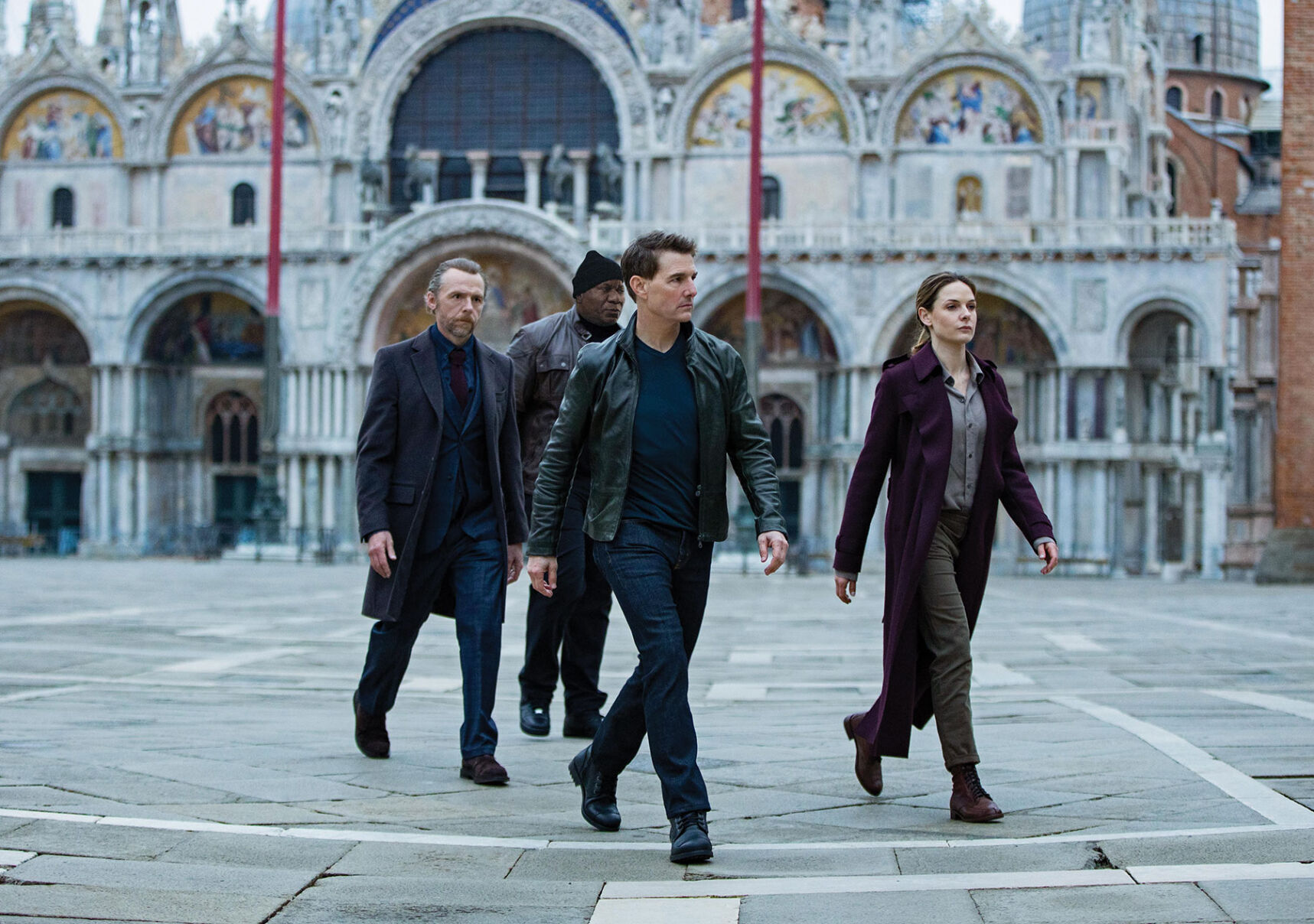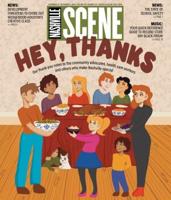The Mission: Impossible film series has been pulling off a remarkable balancing act over the past 27 years: maintaining a devotion to state-of-the-art action film tech and procedure while maintaining the enduring hook of the 1960s TV series that gave the whole endeavor its distinguishing flourish — peerless mask-making skills. A full-on embrace of that corny cornerstone has allowed this series of films (seven so far, not including the forthcoming Dead Reckoning Part Two) to stay true to itself even as the nuts-and-bolts of espionage have shifted and superseded one another. Dead Reckoning’s Big Bad, a superintelligent algorithm that has basically attained sentience, would have felt more like Ghost in the Shell than Mission: Impossible back when the first film came out in 1996. But producer/star/stuntperson Tom Cruise has made a point of keeping things relatable, if not completely relevant.
We start out in a tense submarine sequence that puts the viewer through an emotional wringer before giving us a visceral shock and a surreal image equally poetic and horrifying — things kick off with the kind of visceral cold open that sets up everything that follows in the way that yields liminal dread whenever you stop and piece it all together. And before you know it, there’s a desert siege and a government infiltration (including a look that can only be described as Rami Malek cosplaying as Ray Wise, or vice versa), and all that is before we even get the opening credits.
Occasionally, we get some low-key metatextual banter in the dialogue. But the strength of the script (by director Christopher McQuarrie and Erik Jendresen) is in the way the menace of rampaging AI mirrors the absolute chaos and salt-sown scorched earth that AI and CEOs seeking tax write-downs have recently wrought on writers and all manner of creative artists.
These movies are literally and figuratively chasing the peak of 2011’s Ghost Protocol, when Cruise climbed the side of the Burj Khalifa in Dubai in 70 mm IMAX. That sustained sequence did a better job of demonstrating the power that movies have in creating suspension of disbelief — both in the way that audiences felt sincere, empathic terror for a multimillionaire movie star who genuinely seemed like he might die before our eyes, as well as an irrational and vertiginous dread that felt like somehow (shades of Nightmare on Elm Street 4) gravity was going to pull the actual audience out of our seats and into certain doom on the screen. The latter feeling has been minimized in the intervening years, but Cruise has found a way to explore his own tempting of fate and turn it into a marketing hook that keeps everyone focused on exactly how he is raging against the passage of time. But in the way that Dead Reckoning Part One avoids that brick wall of enthusiasm that hit this summer’s Spider-Man: Across the Spider-Verse at its end by being very upfront that this is but Part One in the opening credits, it still means that we’re not getting quite the full experience. So we get action and chaos and reversals and deaths and rebirths, but there’s a tenuous vibe to everything, because we’re not going to know how it all fits together until we get through Part Two.
At times, it feels like things are going to go full-on sci-fi/horror. The rampaging AI whatsit (referred to ominously as “The Entity”) is genuinely scary, both in what it is capable of and in the way its emissary Gabriel (a magnificent Esai Morales) syncs with its vast and uncontrollable knowledge, adding a facet to the big confrontations that we’ve never seen before in this kind of film. It is impossible to overpraise Morales in this film — adding a kind of exquisite menace steeped in both Mentat (from Dune) and Vermillion (from Legion) vibes. While we all love Nicolas Hoult (who was originally supposed to play the role), it’s difficult to imagine him bringing the same sort of salt-and-pepper imperiousness to the part, and it’s how Gabriel fits into Part Two that’s asking the big questions in this epic. There are several instances of wordless flashbacks to decades ago that seem ill at ease in the visual language of the series up to this point, and there are edits that seem to call unnecessary attention to themselves.
There are four different women characters in play. Returning are badass Ilsa (Rebecca Ferguson) and arms dealer/fashionista The White Widow (Vanessa Kirby). Newcomers are international thief Grace (Hayley Atwell) and Bond-villian-style chaos agent Paris (Pom Klementieff). They all have different things to do, but Klementieff and Atwell get a rip-roaring Italian cobblestone chase involving a Fiat and an urban assault vehicle that can’t help but be the highlight of Part One, and I say that as someone who is in the bag for any kind of train-based scam-adjacent chase — and this film has a stellar third-act 90-degree chase through train cars.
After a summer of perfectly fine films being openly rejected by audiences, it’s hard to say exactly how crowds are going to respond to this one. Dead Reckoning delivers most of everything that series fans could want, though it’s still only half a film. So all bets are technically off, even though this is stuffed to the gills with all manner of escapist action set pieces.





